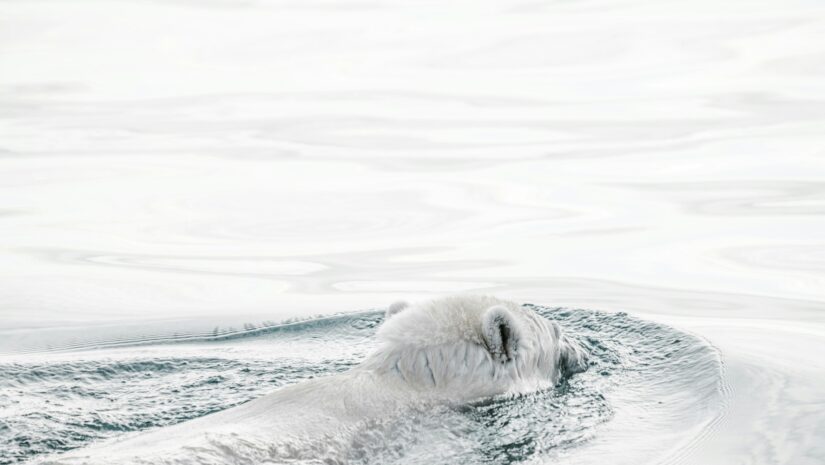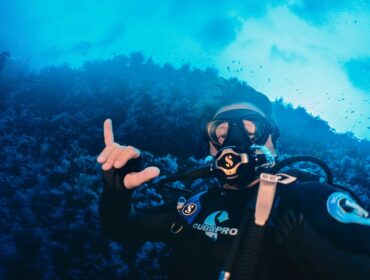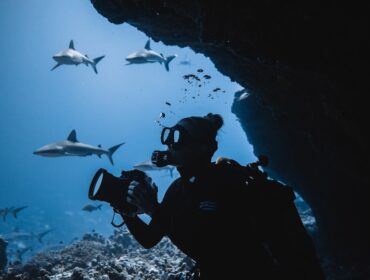The Arctic is a hub for unique species and a vital part of our ecosystem. However, the clock is ticking. With climate change melting Arctic sea ice at a record pace, polar bears, seals, whales, and the ecosystems they rely on are in peril. Here’s everything you need to know about Arctic wildlife conservation and why it matters not just to environmentalists, but to anyone who cares about our oceans (and yes, that includes you, divers).
What’s happening to the Arctic sea ice?

According to Jennifer A. Francis, a Senior Scientist specializing in the Arctic, Arctic warming is at “a pace three-to-four times faster than the globe as a whole.”
Sea ice, which acts as a protective “blanket” for the Earth by reflecting sunlight, is vanishing. And as we’ve seen this past year, there are already alarming reductions. Without this ice, sunlight gets absorbed into the ocean, speeding up global warming. It’s such a vicious cycle that only means doom for Arctic wildlife.
For divers, this is bad news for ocean balance. The Arctic influences global currents and nutrient cycling. The loss of ice means disruptions in these systems. So, it’ll eventually affect underwater biodiversity worldwide. And yes, that includes your favorite coral reefs.
Arctic wildlife on the brink
When you search about Arctic wildlife conservation, these animals will come up the most. Let’s talk about them and what they’re being put up against.
Polar bears
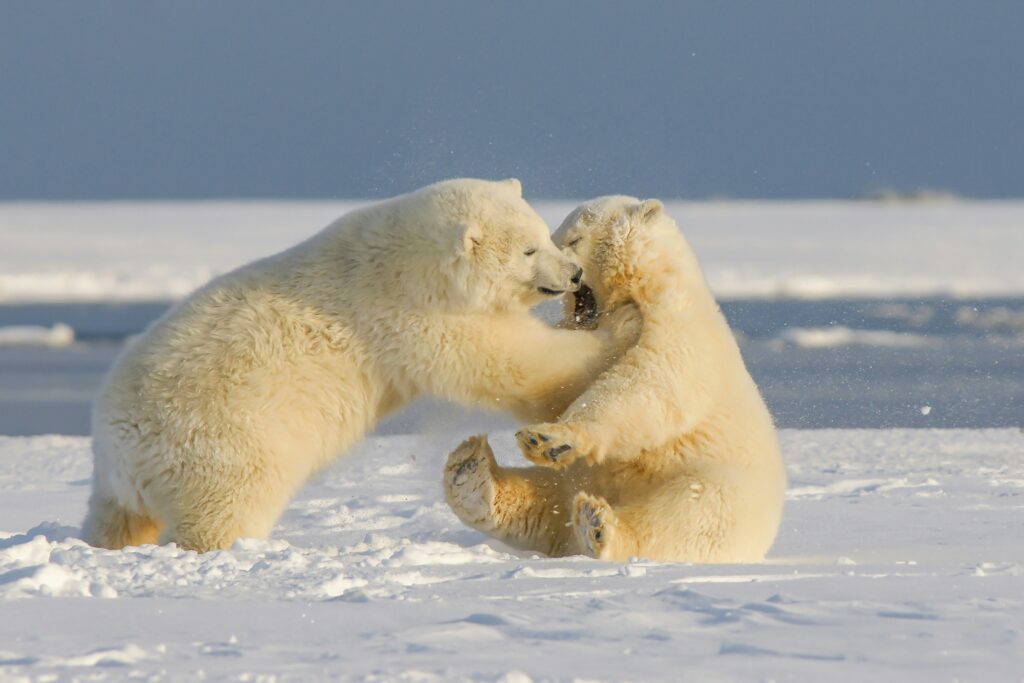
Polar bears rely on sea ice to hunt seals, rest, and even find mates. Without ice, their entire way of life just crumbles. They aren’t built for endurance swimming. However, with shrinking ice platforms, many are forced to paddle for miles in open water, burning precious calories they can’t afford to lose. It’s like being a diver trying to reach a distant site — except your air supply is running out, and there’s no boat waiting to hoist you up when you need it to.
As their icy hunting grounds disappear, polar bears are venturing into human settlements. It might cause fear for some, but the sad truth is: they’re just scavenging for scraps. It’s heartbreaking to think that one of the world’s most powerful predators is being reduced to a beggar.
And let’s not forget about their cubs. Without stable ice, mother bears struggle to find enough food, leading to malnourished or even abandoned young. It’s a devastating domino effect that could lead to their extinction if we don’t act.
Narwhals

Narwhals thrive in quiet icy waters, where they use echolocation to navigate, hunt, and communicate. But as ice melts, shipping traffic surges. It fills their habitat with disruptive noise. And then, there’s the stress. Noise pollution doesn’t just confuse them, it raises their heart rates, making it harder for these deep-diving whales to perform their astonishing dives (they can reach depths of nearly 1,500 meters!).
Melting ice also affects their food supply. Narwhals feed on Arctic cod and halibut. However, dwindling ice means fewer places for their prey to hide.
Ringed seals and Arctic cod
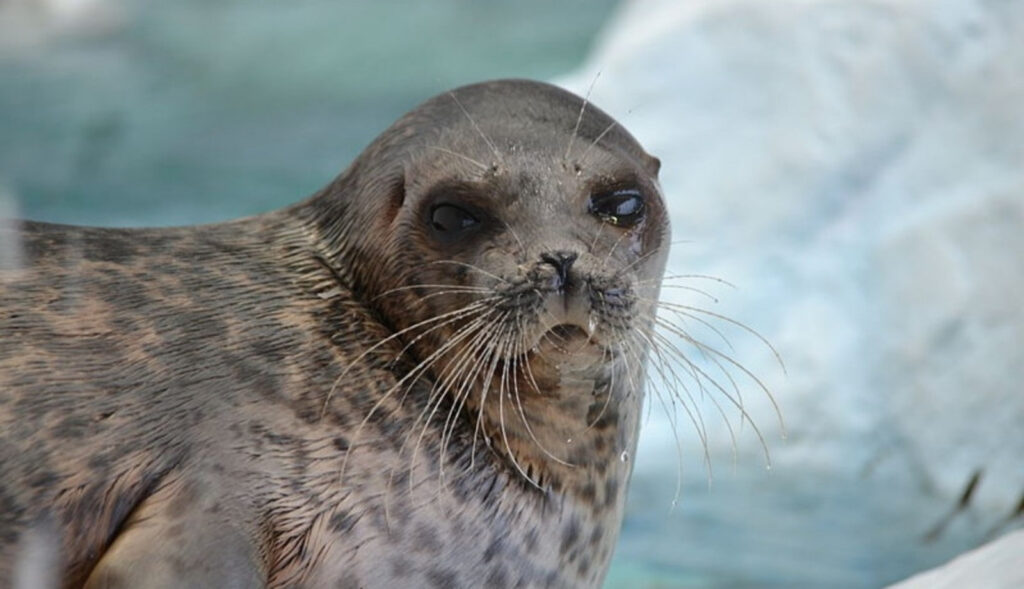
Without them, the Arctic food chain would collapse.
Arctic cod are unassuming swimmers, but they’re the backbone of the Arctic marine diet. They provide essential nutrients for seals, seabirds, and even whales. They feed on ice algae—tiny plants that grow beneath sea ice—making them the first link in a very important chain. No ice, no algae, no cod. It’s that simple.
Now, ringed seals. They’re specialists, giving birth in snow dens on the sea ice. Without stable ice, their pups are exposed to predators like foxes and polar bears before they’re strong enough to swim.
How can divers help with Arctic wildlife conservation?
It’s easy to feel overwhelmed, but change starts with action.
Reduce your carbon footprint
Let’s face it, friends: us scuba divers love to travel. And while hopping on planes and boats to explore the ocean is thrilling, it also leaves a carbon footprint. But here’s the good news: small changes can make a big difference.
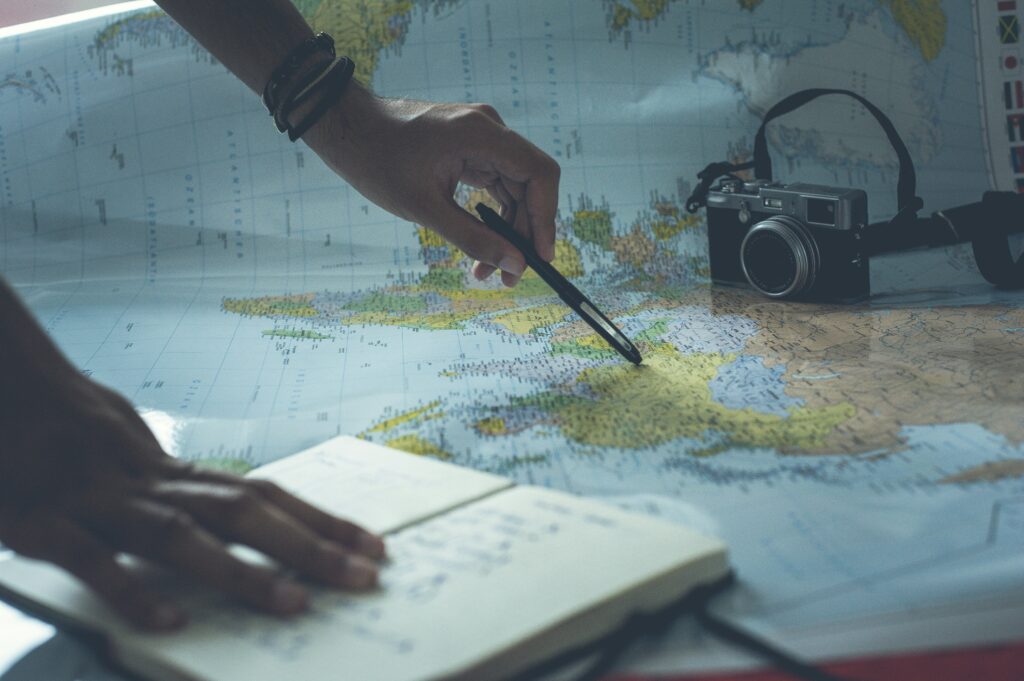
Start by planning eco-friendly dive trips. Opt for direct flights to minimize emissions and choose destinations that prioritize sustainability. Consider offsetting your carbon footprint by investing in reputable programs that fund renewable energy or reforestation projects.
At home, switch to renewable energy. Drive less and embrace the magic of energy-efficient appliances. Even little habits, like turning off lights or ditching single-use plastics, add up over time.
And don’t forget your gear! High-quality, durable equipment reduces waste and saves you money in the long run. Bonus points if your gear is made by eco-conscious brands that give back to marine conservation.
Advocate for marine protected areas
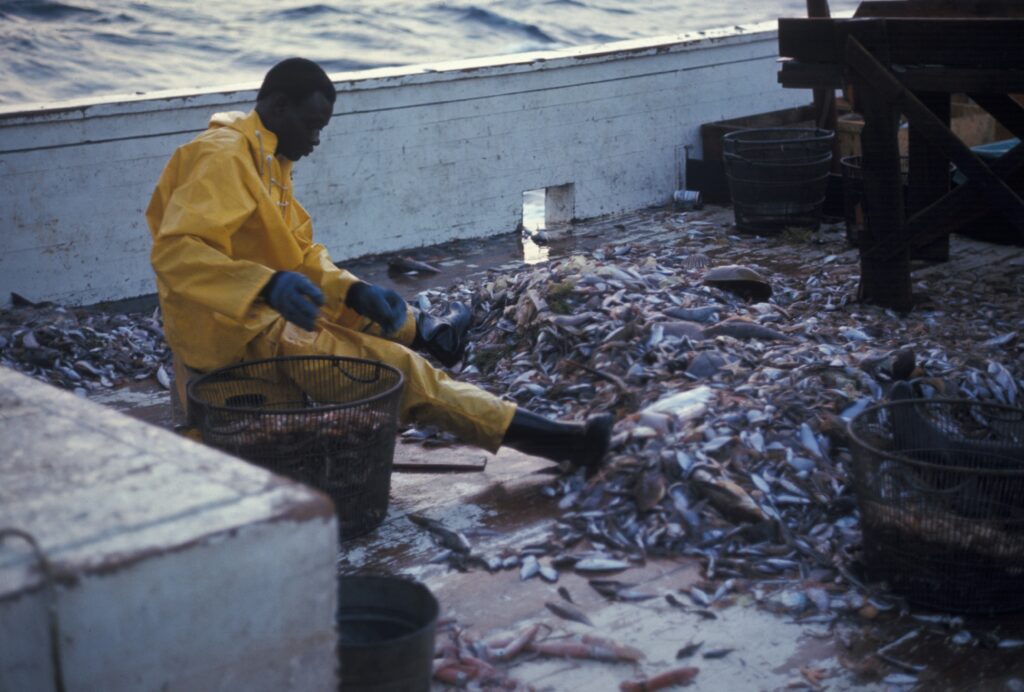
Marine Protected Areas shield fragile ecosystems from harmful human activities. The Arctic needs this more than ever. With melting ice opening up new shipping lanes, oil drilling sites, and commercial fisheries, it’s a free-for-all that could devastate this already vulnerable region.
Advocate for the Arctic to be designated as an international MPA. This would limit industrial activities, protect critical habitats, and give wildlife like polar bears and narwhals a fighting chance.
Support organizations lobbying for Arctic conservation. Sign petitions, write to policymakers, and share the cause on social media. The more people rally behind the Arctic, the harder it becomes for governments to ignore. Join the fight for the voiceless, please!
Choose sustainable diving

Start by selecting dive operators committed to eco-friendly practices. Look for certifications like Green Fins or PADI Eco Center, which prioritize low-impact diving and marine conservation. Bonus points if they actively support Arctic research or restoration projects!
Be mindful of your own behavior underwater, too. Practice good buoyancy control to avoid damaging delicate ecosystems. Also, never touch or take anything from the ocean (yes, even that cool shell you think would look great on your shelf).
When it comes to gear, invest in eco-conscious brands that use sustainable materials. And if your favorite dive shop stocks reef-safe sunscreen, stock up—it protects both your skin and coral reefs.
Be a part of Arctic wildlife conservation today!
The route of Arctic wildlife conservation is calling, not just for help but for people who care. Scuba divers are uniquely positioned to be ambassadors for the underwater world. Whether you’ve dived Arctic waters or dream of exploring them, the fight to save this icy frontier is something you shouldn’t ignore.

